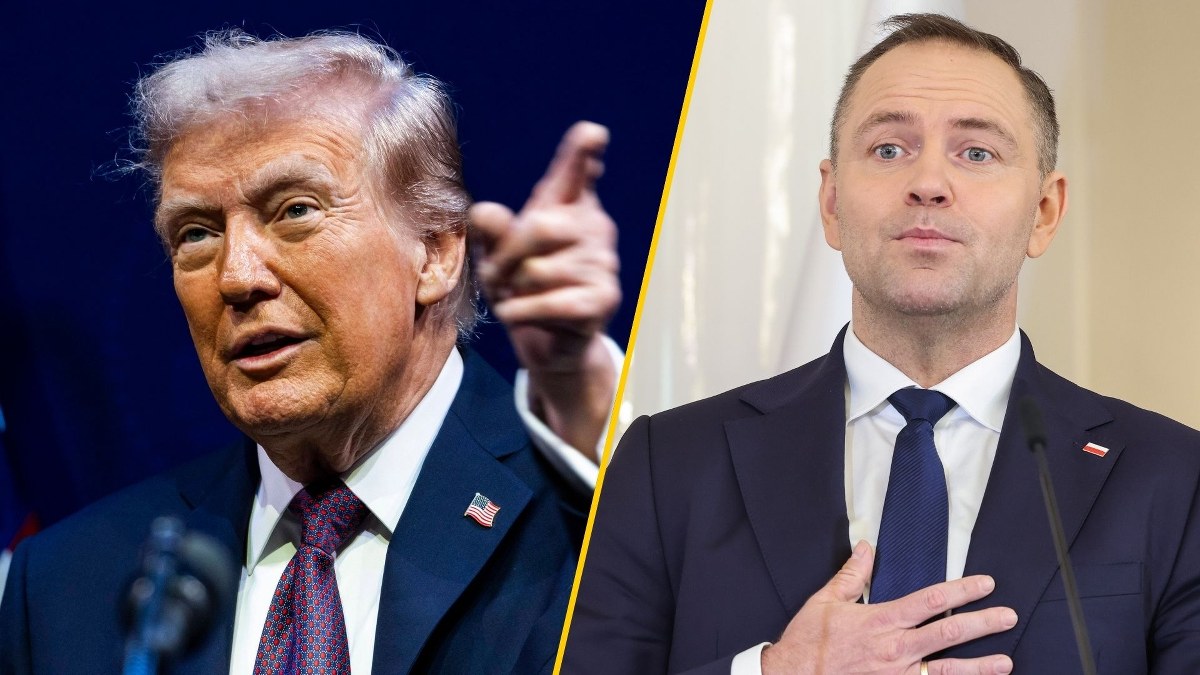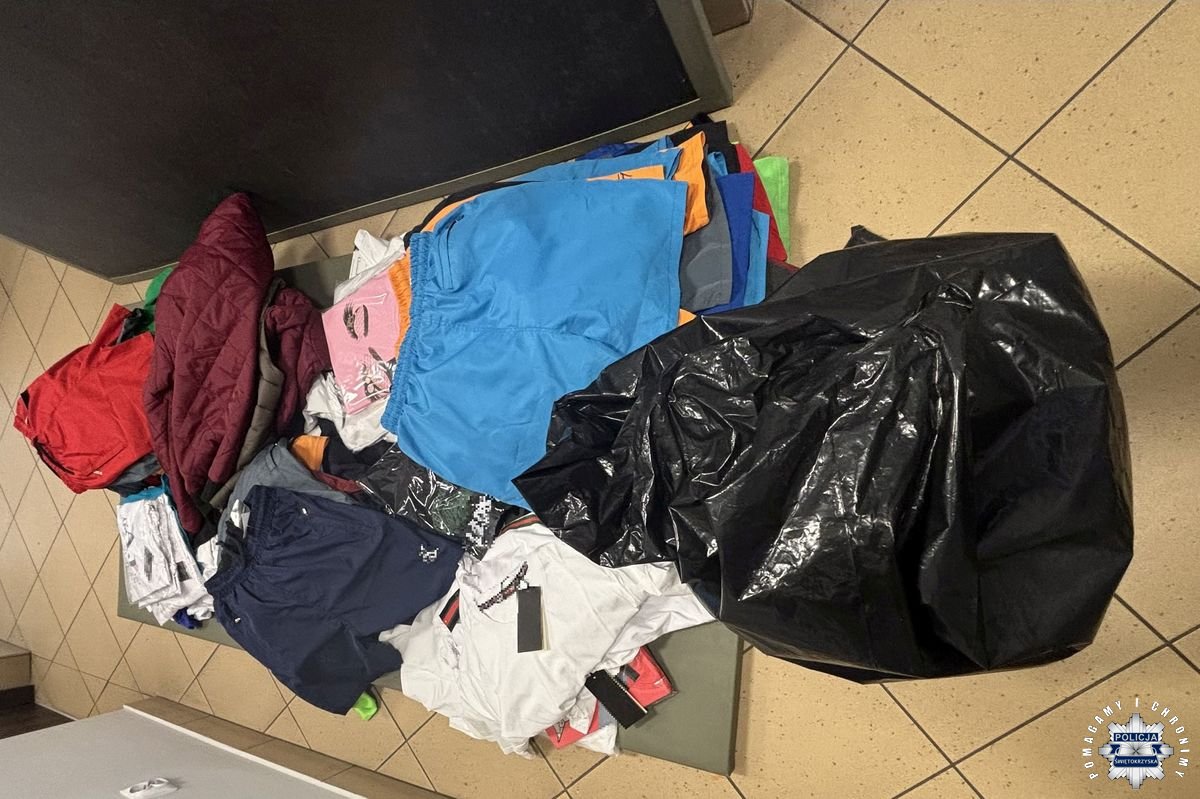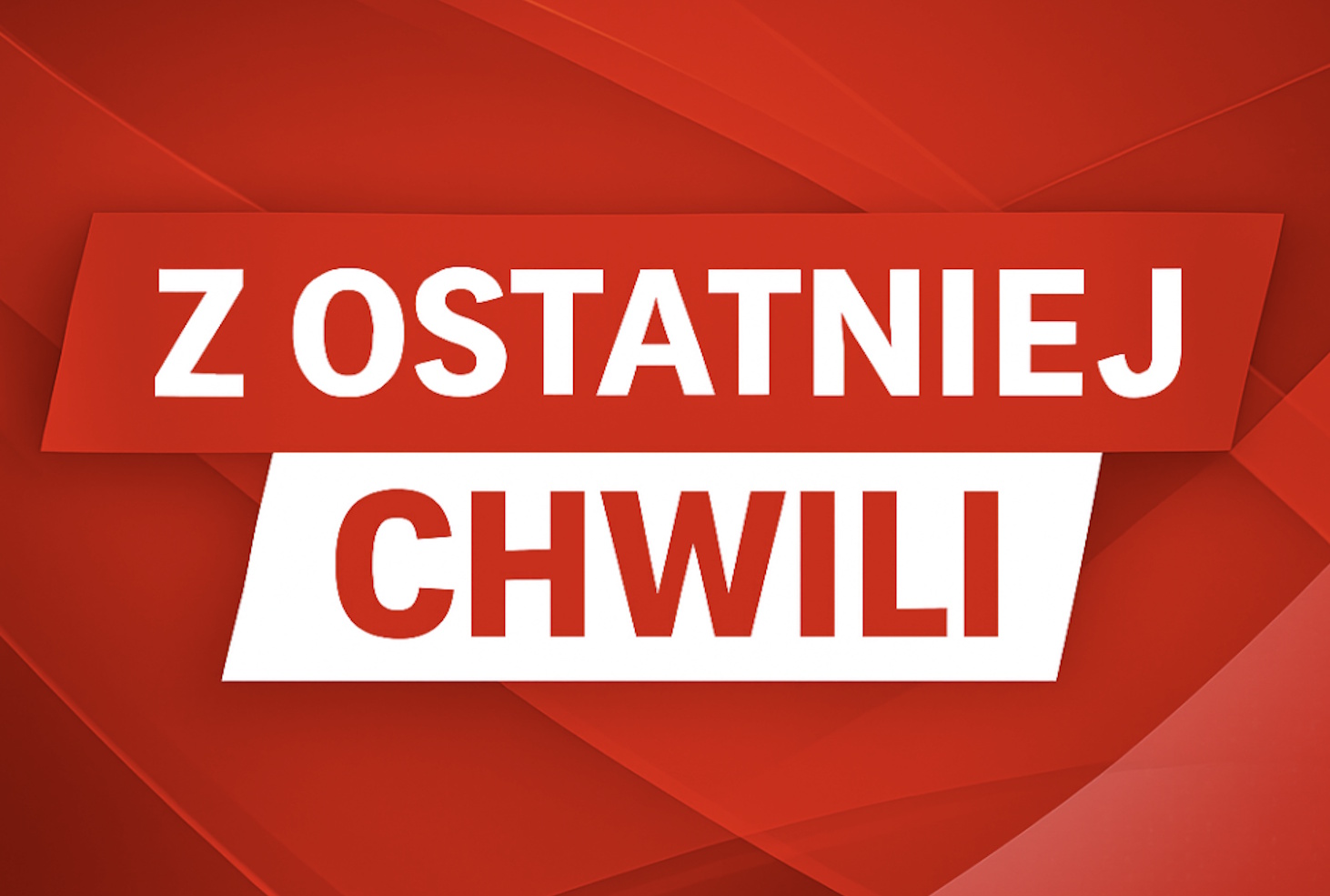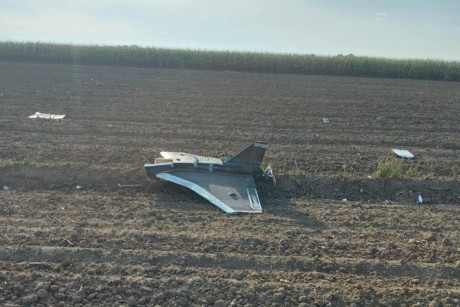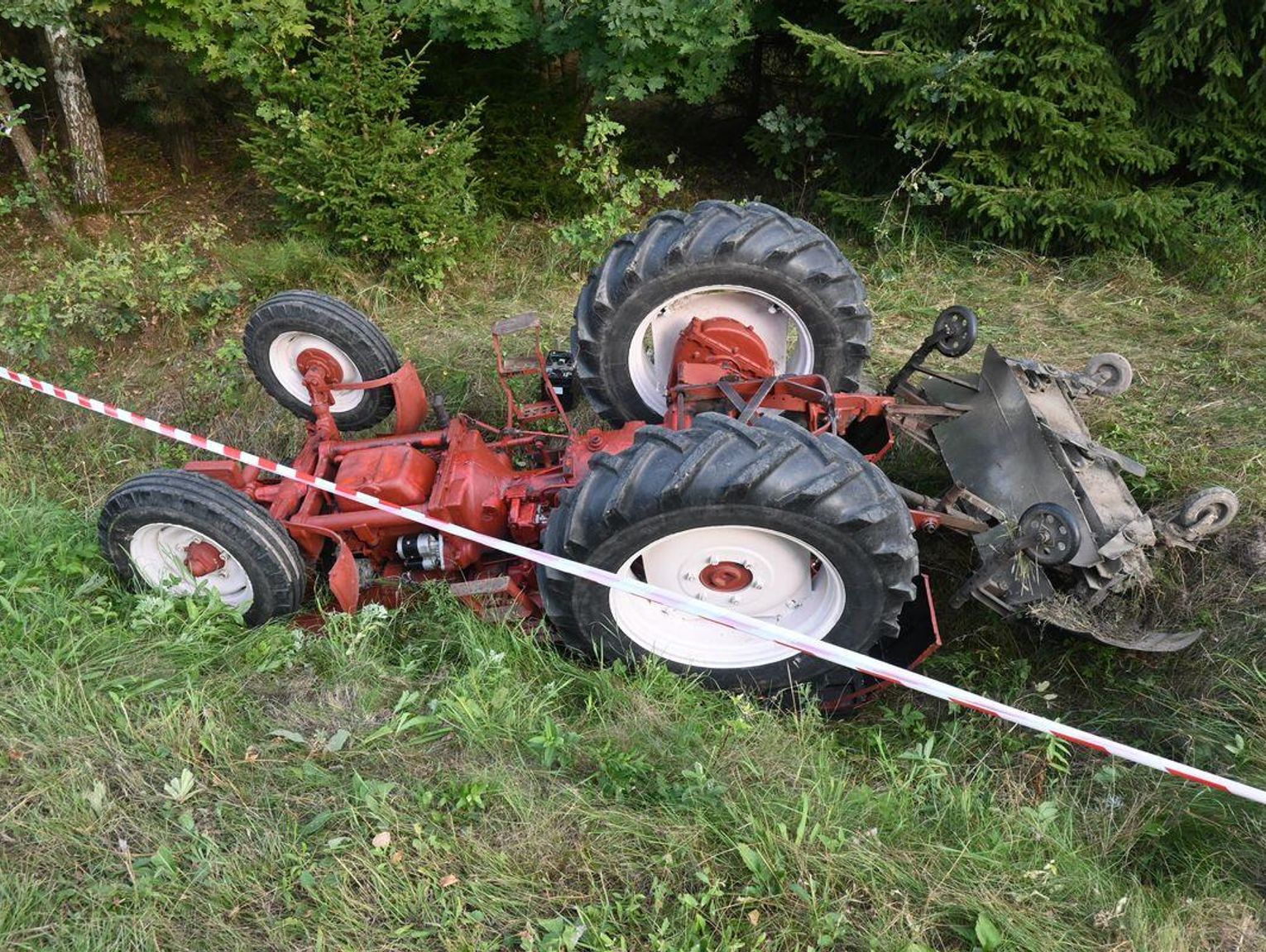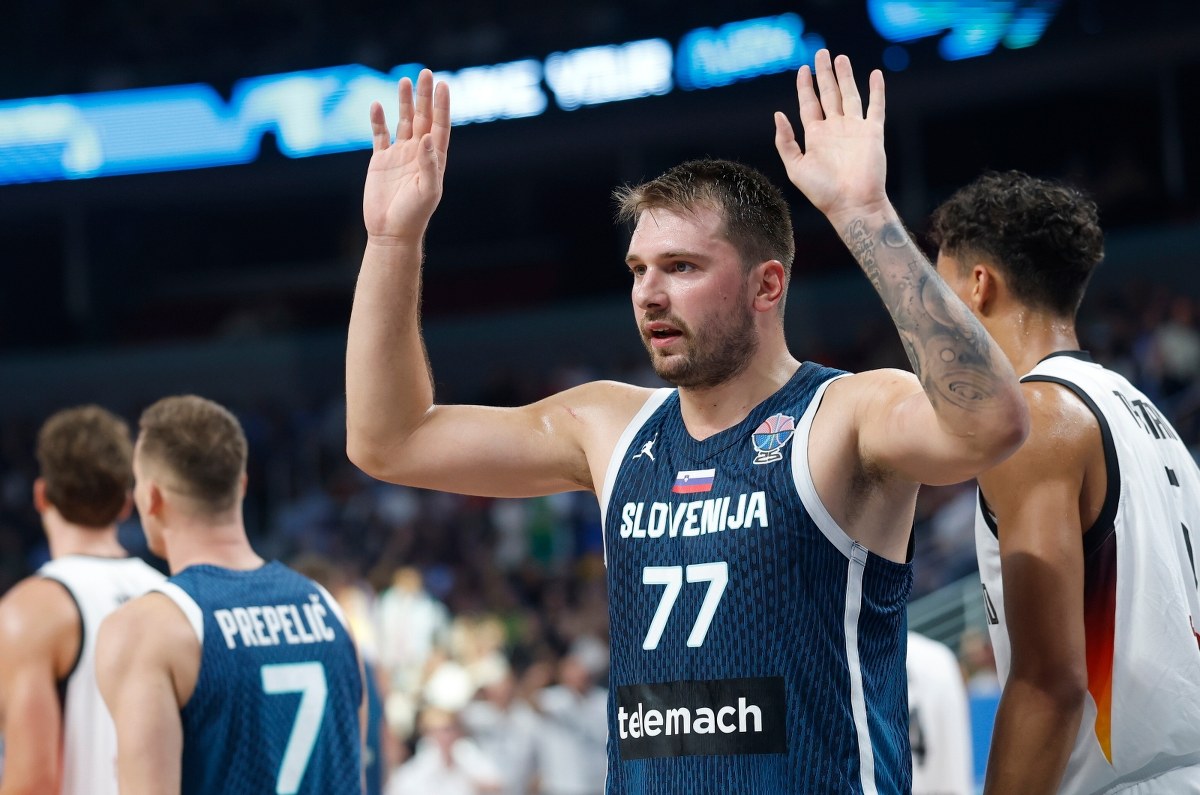Calendar card: Anniversary of the November Uprising
November Uprising
November 29 passes another anniversary of the outbreak of the November Uprising. To this day, it stirs emotions among historians and publicists [cf. video 4 from the debate as it took place in 2015 at the University of Warsaw].

Wojciech Kossak Olszynka Grochowska (1886) National Museum Warsaw
The Polish Kingdom established in 1815 was under the regulation of the Romanov dynasty and the Tsar Nicholas I was crowned in Warsaw, king. By virtue of the constitution given by the Tsar, the kingdom had "its" military, administration and education. expanding violations of the law and the Constitution's findings have resulted in a sharp increase in discontent. 1 must remind you not to call the parliament, censorship and secret police. The freedom of the press was abolished in 1819 and preventive censorship was introduced. 3 years later, freedom of assembly was suspended in 1821 and free-sea activities were banned. The consequence was death in 1822 by Valerian Łukasiński, leader of National Freedom.
In the following year, in the east provinces of the Republic, alleged provinces taken as a consequence of the partitions, N. Nowosilcow began persecution of members of the philomats and pillarets associations. In 1825 the transparency of the parliament's deliberations was abolished and there was an escalation of the persecution of patriotic environments. Along with the arrests and conviction on members of the Patriotic Society, there were illusions that the Tsar would respect the Constitution.
The reaction was to increase independency sentiments. This was supported by the overall situation in the country and internationally. The established opposition of the Sejm, secret unions and patriotic associations increased their activity. Revolutions which broke out in the summertime of 1830 in France and Belgium further strengthened these moods. Their effect was to initiate, for the planned intervention, an emergency mobilisation of Polish and Russian troops in mid October 1830 in defence of the challenged order of the Holy Covenant. On November 24, following the dethronement of the king of the Netherlands, Belgium acquires independence. 4 days later, he reaches the Kingdom of Poland with the news of the collapse of Russia-friendly British government.
The day before that, members of Wysocki's conspiracy, formed in 1828, are being warned of the threats of arrests and deconspirations. In this atmosphere, an uprising erupts at night from 29 to 30 November 1830. The signal is to fire a brewery on Solec. A group of conspirators is taking over Belvedere. The hated brother of Tsar Nicholas I, the creator of the secret police, the large Duke of Constanty escapes. Arsenal is captured, insurgents take over the capital. The Polish administration and safety defender are established. Further improvement of insurgent activities takes place at the beginning of December, resulting from the establishment of the Provisional Government. General J. Chodicki is the chief and then the dictator of the uprising. The negotiations with the Tsar in St. Petersburg, aimed at respecting the Constitution of 1815 and immediately leaving the Russian territory of the Kingdom of Poland, were unsuccessful.
On 13 December, martial law is introduced in the provinces taken. An intervention corps was deployed to suppress the uprising. The uprising escalates and the parliament passes the deposing of Nicholas I. The 115,000th army of Gen. Ivan Dybich enters the Kingdom. There are clashes under Stoczek, Good, Wawrem, Białołęka. An crucial minute becomes the fierce conflict of Grochow on 25 February 1831, resulting in Dybic's march to Warsaw being halted, but the wounded Chodzicki withdraws from the uprising. The command includes Gen. Jan Skrenecki. With the participation of Gen. Prądzyński, a plan of offensive actions is being implemented, resulting in the triumph of Dęb Wielki and Igania - March/April 1831. The deficiency of initiative of General Sklarecki, despite the heroism of General Bem led to the pogrom of the insurgent army in May under Ostrołęka.
Late warfare in Lithuania and Ukraine in the spring of 1831, despite the reinforcement by the forces of Gen. Chłapowskia and Gielgud, took the form of guerrilla fights which lasted until July 1831. In Ukraine, General Dwernicki's forces fought until the Austrian border was crossed by the end of April. As a consequence of the inaction of Skonecki, Russian forces scope Warsaw. The command includes Gen. Jan Krukowicki.
The symbol of the uprising was Wola's defence in early September 1831 and the heroic veteran of Napoleonic wars Gen. Józef Sowiński. In the atmosphere of ongoing fighting and negotiations with Russia, the decision to submit to Warsaw is made. Polish troops retreat to the Prayer. The deficiency of further will to fight from command leads to the collapse of the uprising in October 1831.
As a consequence of the uprising, the treatment of Poles increased, the remains of independent institutions of the Polish state were abolished. In 1833, martial law was introduced for 25 years, and the politician isfeldmarszał Paskiewicz. There is simply a complete abolition of Polish education and an increase in absolute rusification. About 10,000 participants of the uprising emigrate - large Emigration. Their assets are confiscated. The remainder of the country are sent to Siberia. The warrant of the sustainability of the Russian administration becomes built in 1832-34 citadel.
The November Uprising lasted 10 months and was 1 of the largest in Polish history. The fight against the military power of Europe, despite the deficiency of symmetry of forces and means, proved the determination of Poles. Russia was forced to engage considerable forces to control the uprising. Poland reminded Europe that it inactive exists as a separate national and national existence.
Za: http://warszawskipis.pl/entry/oboes-181-years-explosion-rise-November.html
Film material No. 1
Film material No. 2
Film material No 3
------------------------------------------
Film material NR 4:
LISTOPATION – HOW WAS IT REAL? [GREECH BRAUN, PROF. JAROSŁAW SCUBATY]
Film material 1 :
Film material 2 :
Film material 3 :
Film material 4:
Photos for the article :
Photos for the article :



